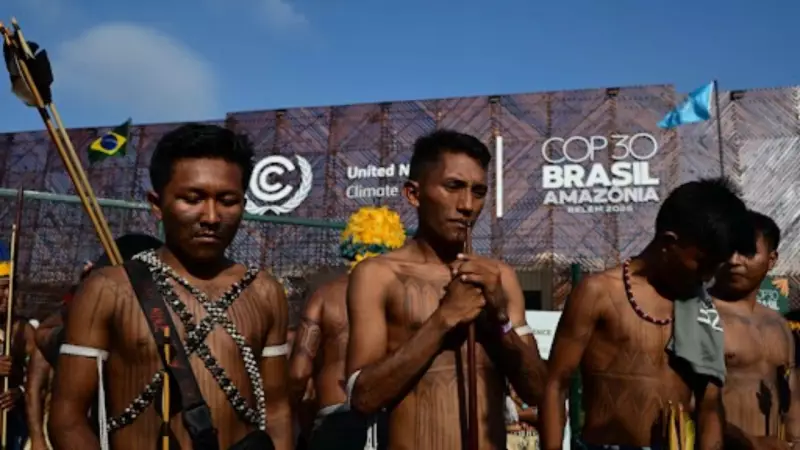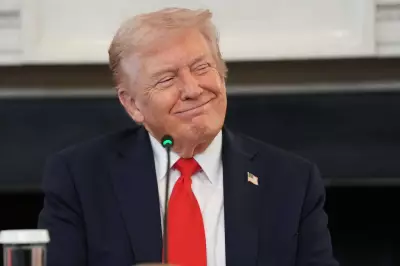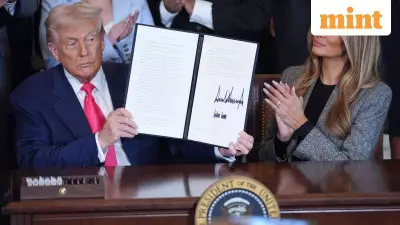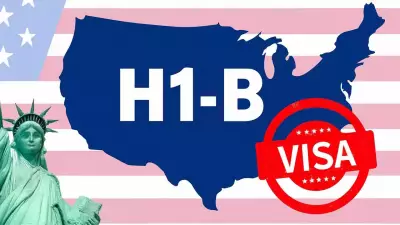
Tens of thousands of demonstrators flooded the streets of Belem, the Amazonian host city for the COP30 climate talks, on Saturday, November 15, 2025. This marked the first large-scale protest at a United Nations climate summit in four years, since COP26 in Glasgow, injecting a powerful dose of public pressure into the contentious negotiations.
A Vibrant Display of Dissent and Demand
Under the intense Amazonian sun, a diverse coalition of Indigenous communities and climate activists transformed the city into a vibrant hub of protest. The air thrummed with music as people danced, chanted, and sang. The visual symbolism was stark: a giant beach ball designed as planet Earth was pushed through the crowds, while a massive Brazilian flag bearing the words "Protected Amazon" flew high.
In a poignant performance, a mock funeral procession for fossil fuels saw participants dressed in black, pretending to be grieving widows. They solemnly carried three coffins, each clearly marked to represent the pillars of the climate crisis: "coal," "oil," and "gas."
Txai Surui, a prominent 28-year-old Indigenous leader, articulated the collective sentiment to AFP, stating, "We are here to try to apply pressure so that countries fulfill their promises and we don't accept a regression." The protest, dubbed the "Great People's March" by its organizers, served as a powerful midpoint intervention in the COP30 talks.
Indigenous Voices Lead the Charge for Climate Justice
The rally was unmistakably led by those on the frontlines of environmental destruction. Benedito Huni Kuin, a 50-year-old member of the Huni Kuin Indigenous group from western Brazil, delivered a grave message. "Today we are witnessing a massacre as our forest is being destroyed," he told AFP, emphasizing the urgent need for his people's voices to be heard. He demanded more Indigenous representatives at the COP to effectively defend their land and rights.
The demands of the march were clear and far-reaching. Protesters called for substantial "reparations" for the environmental damage inflicted by corporations and governments, with a specific focus on supporting marginalized communities. The protest also showcased international solidarity, with a giant Palestinian flag and "free Palestine" banners visible throughout the massive crowd.
From Street Protests to Stalled Negotiations
The march, which spanned 4.5 kilometers (2.8 miles) through Belem, concluded peacefully a few blocks from the heavily secured COP30 venue, where soldiers were deployed. Organizers estimated the crowd at a staggering 50,000 people.
This large-scale demonstration was not an isolated event. It followed two significant Indigenous-led disruptions earlier in the week. On Tuesday, protesters clashed with security after forcing their way into the COP30 compound, the Parque da Cidade. Then, on Friday, dozens of Indigenous activists blocked the main entrance for roughly two hours, a situation that required high-level intervention to resolve.
Inside the negotiating halls, the talks were delicately poised. The Brazilian presidency of COP30 was expected to unveil its strategy for reconciling the clashing demands of nations. Key issues on the table include strengthening weak climate goals and improving the flow of financial aid from wealthy nations to poorer countries to help them build resilience and transition to green economies. With the conference set to conclude on November 21, the pressure from the streets has undoubtedly been felt in the negotiating rooms.





